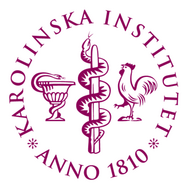An Introduction to Global Health - Health Indicators (13:06)
(View Complete Item Description)No matter what your area of interest is, you need to know how to evaluate your subject, how to measure it. Global health is measured using something we call health indicators. To understand how a population in a country, or in a region, or even a part of a city is doing, you need to know its health indicators. How long do people live in this country? How many children die before they reach their fifth birthday in this city? What is the weight of children and adults in the northern part of the country? How many women die in childbirth in the country? Once you have looked at these numbers and compared them with other populations, you can make sense of the health situation of a population. In this lecture you will some basic health indicators, and also how the data is collected. Get transcript for video here: https://www.oercommons.org/courseware/module/58789/overview
Material Type: Lecture




















